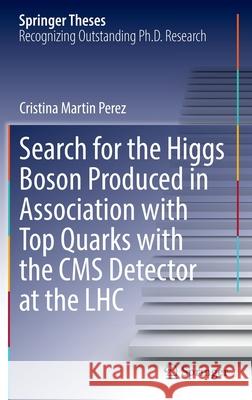Search for the Higgs Boson Produced in Association with Top Quarks with the CMS Detector at the Lhc » książka
topmenu
Search for the Higgs Boson Produced in Association with Top Quarks with the CMS Detector at the Lhc
ISBN-13: 9783030902056 / Angielski / Twarda / 2022 / 300 str.
Search for the Higgs Boson Produced in Association with Top Quarks with the CMS Detector at the Lhc
ISBN-13: 9783030902056 / Angielski / Twarda / 2022 / 300 str.
cena 684,33
(netto: 651,74 VAT: 5%)
Najniższa cena z 30 dni: 655,41
(netto: 651,74 VAT: 5%)
Najniższa cena z 30 dni: 655,41
Termin realizacji zamówienia:
ok. 22 dni roboczych
Dostawa w 2026 r.
ok. 22 dni roboczych
Dostawa w 2026 r.
Darmowa dostawa!
Kategorie BISAC:
Wydawca:
Springer
Język:
Angielski
ISBN-13:
9783030902056
Rok wydania:
2022
Ilość stron:
300
Waga:
0.59 kg
Wymiary:
23.39 x 15.6 x 1.75
Oprawa:
Twarda
Wolumenów:
01
Dodatkowe informacje:
Wydanie ilustrowane











